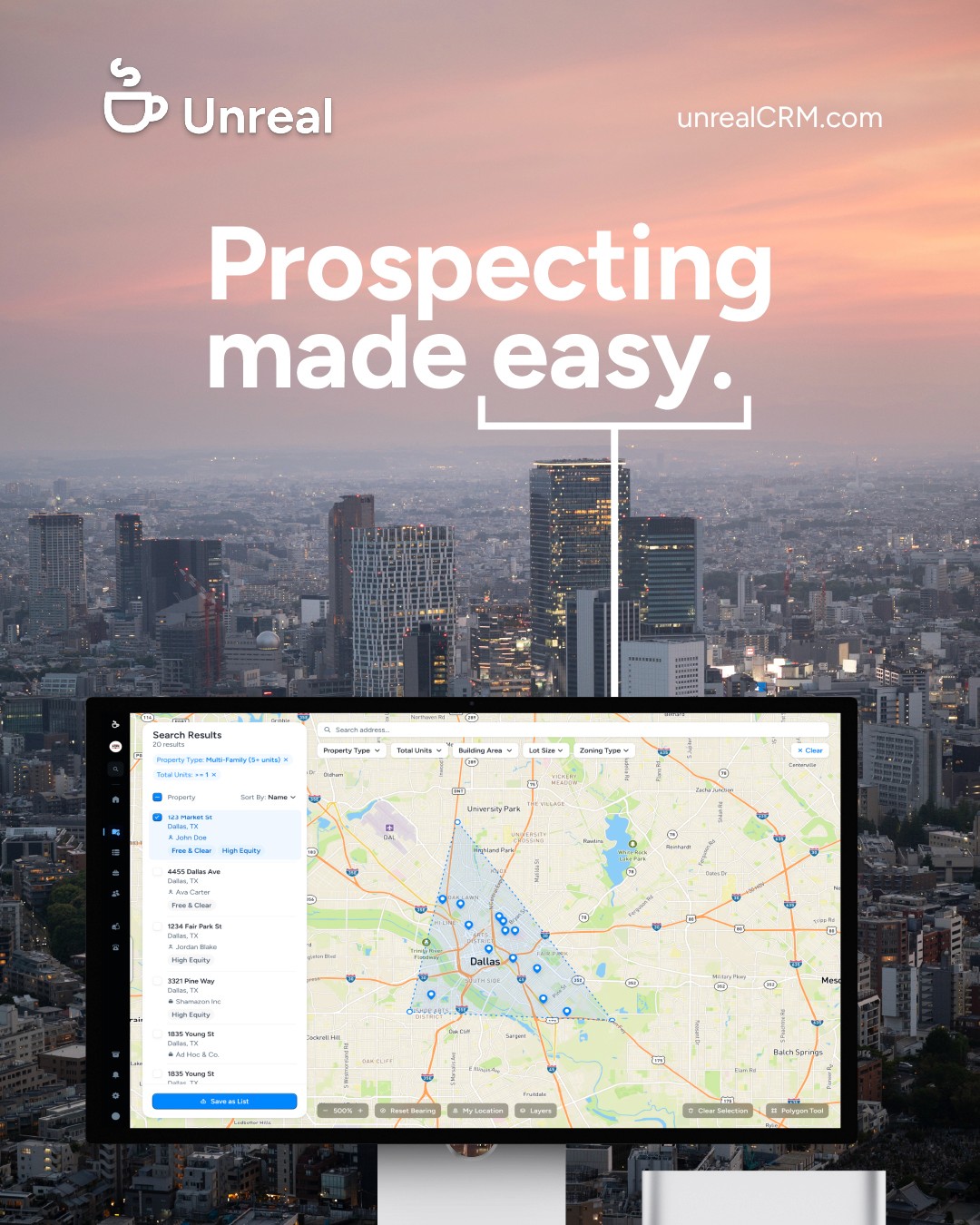Nov 12, 2024
The commercial real estate sector is poised for significant changes in 2024. With evolving market dynamics, technological advancements, and shifting consumer preferences, staying ahead of the trends is essential for investors, developers, and industry professionals. In this blog, we'll explore the key trends shaping the commercial real estate landscape in the coming year.
1. Rise of Flexible Workspaces
Demand for flexible workspaces is increasing as businesses prioritize adaptability. This trend reflects the evolving nature of the workforce, where versatility and cost-efficiency are paramount. In particular, co-working spaces have become hubs of innovation and networking, providing not just a space to work, but a place where creativity and collaboration thrive. According to recent data, businesses have recognized the cost-saving potential of reducing their permanent office footprints. This shift is apparent in Texas and other major urban areas, where commercial landscapes are rapidly adapting to such demands Explore the Latest Trends.
The focus on a hybrid work model influences how companies approach their real estate strategies. By 2024, more firms are looking into space as a service, which emphasizes flexibility over long-term leases. This shift is partly driven by the need to attract top talent, who prioritize work-life balance and the ability to work remotely. As a response, commercial real estate operators are reimagining how office spaces function, tailoring them to offer dynamic, adaptable environments that appeal to the modern workforce. This is seen vividly in cities like Austin and Dallas-Fort Worth, known for their rise in flexible office solutions Focus on Hybrid Work Models.
2. Sustainable Building Practices
Sustainability continues to drive commercial real estate development. Green building practices and eco-friendly designs are becoming standard, aligning with global efforts to combat climate change. More tenants are considering the sustainability credentials of spaces before committing to leases, with a keen interest in energy-efficient systems and materials. This awareness is prompting developers to pursue certifications like LEED, which assure occupants of their commitment to sustainable practices. As companies hone their Corporate Social Responsibility (CSR) initiatives, these practices will likely become prerequisites rather than differentiators.
The integration of renewable energy sources within commercial properties is a growing trend that can no longer be ignored. Innovating with solar panels and energy-efficient HVAC systems not only reduces carbon footprints but also operational costs. This shift is critical as stakeholders increasingly prioritize ESG (Environmental, Social, and Governing) criteria when making investment decisions. In 2024, sustainable building practices won’t just be about energy efficiency; they will encompass water conservation methods, waste reduction initiatives, and the use of recycled materials.
In cities like Houston, where the real estate market is exceptionally dynamic and competitive, sustainable buildings are fetching higher valuation and occupancy rates. The trend is not just a local phenomenon but a part of a global movement toward climate-conscious real estate development. Adopting these green initiatives is not just environmentally responsible but also economically savvy, as it opens doors to a plethora of new funding options and investment opportunities Real Estate Sustainability Trends.
3. Integration of Smart Technologies
The integration of smart technologies in buildings enhances efficiency and convenience. From IoT to AI, technology is transforming how commercial properties operate and are managed. Smart buildings feature systems interconnected through IoT, allowing real-time data tracking and energy management. These technologies reduce costs, improve tenant experiences, and streamline property management. By fostering a smarter, more connected environment, these innovations are setting new benchmarks for commercial real estate.
The use of artificial intelligence in property management is streamlining operations while reducing human error. Automated systems handle tasks such as maintenance requests, power distribution, and even security surveillance, ensuring buildings run efficiently round the clock. With big data analytics, predictive maintenance becomes feasible, minimizing downtime and repair costs potentially. This leads to a more seamless tenant experience and a reduction in overhead costs, making commercial properties more profitable in the long run.
4. Evolving Retail Environments
Retail spaces are adapting to new consumer behaviors, with experiential retail and omnichannel strategies becoming more prevalent. As online shopping continues to dominate, physical retail spaces need to provide unique, engaging experiences to draw customers into stores. This means transforming traditional shopping environments into lifestyle venues that offer more than just products. Concepts such as pop-up shops, interactive installations, and recreational facilities are key to drawing foot traffic and enhancing customer experiences.
In places like Texas, this has led to a push for mixed-use development that combines retail, residential, and commercial spaces. Such developments create vibrant communities that offer convenience and variety, aligning with modern consumer expectations. These environments not only boost retail but also add considerable value to commercial real estate by attracting both consumers and investors. The ability to pivot and integrate digital with physical retail components will be critical in maintaining relevancy and competitive advantage in 2024 Omnichannel Retail Strategies.



